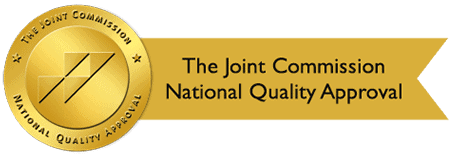By: Design for Change Recovery
Categories:
America Grapples With A Heroin Epidemic
You are here:The Source
Over the last decade and a half, the United States has been battling with prescription opioid misuse or inappropriate use, the result of new pain management and prescribing guidelines from the end of the 20th Century. A simple complaint of discomfort could land an addict a new prescription, and with very little oversight it became quite easy for addicts to visit multiple doctors each week for opioids. What’s more, doctors were ill equipped to identify addicts and even less equipped to wean patients off highly addictive opioid narcotics.
After years of overprescribing and thousands of accidental overdoses, states eventually made it more difficult to obtain medications, such as OxyContin ® (oxycodone) and Vicodin ® (hydrocodone). Pain management clinics, known as “pill mills,” were shut down; and prescription drug monitoring programs were implemented in every state (with the exception of Missouri) to combat “doctor shopping.”
While such efforts proved effective and reduced prescription drug misuse or inappropriate use rates, they did little to address the problem of addiction. As a result, many addicts turned to heroin which was easier to come by, less expensive and in many cases more powerful.
The New Wave of Heroin
A new government report has found that heroin use has more than doubled in past decade, NPR reports. In 2013, more than half a million Americans used heroin, nearly 150 percent increase since 2007. In the same year, more than 8,200 Americans died of heroin overdoses.
“As a doctor who started my career taking care of patients with HIV and other complications from injection drugs, it’s heartbreaking to see injection drug use making a comeback in the U.S.,” said CDC Director Dr. Tom Frieden.
The report found that the strongest risk factor for a heroin use disorder is a prescription opioid use disorder. People addicted to opioid painkillers were 40 times more likely to misuse or inappropriate use or be dependent on heroin, according to the article.
The Center for Disease Control and Prevention (CDC) found the largest increase in heroin use was among women and non-Hispanic whites. While men still use heroin more than women, the findings indicated that the gap is closing.
What Can Be Done?
CDC Director Frieden has stated a need for an “urgent all-society response,” and the agency has listed some measures that states can take to address the heroin epidemic. These include:
- Address opioid prescribing practices.
- Increase access to addiction treatment services.
- Widen access to naloxone to reduce overdose deaths.
- Provide greater access to clean needles to reduce infectious disease transmission.
“It is not enough to simply reverse overdoses,” Michael Botticelli, Director of National Drug Control Policy noted in a news release. “We must also connect overdose victims and people struggling with prescription drug and heroin use disorders to treatment facilities and doctors that offer medication-assisted treatment.”
_________________________________________________________________________
If you or a loved one is struggling with opioid addiction of any kind, please contact Design for Change Recovery.


